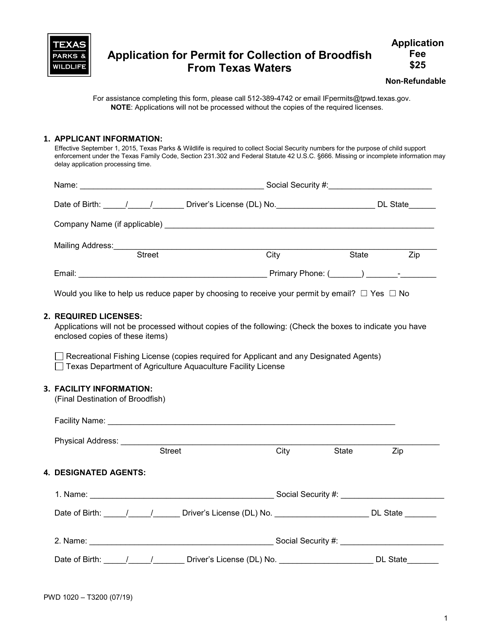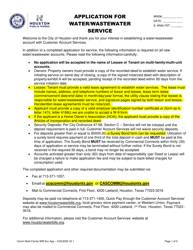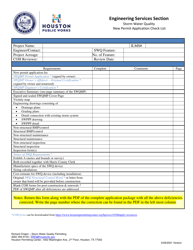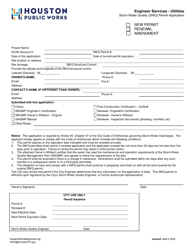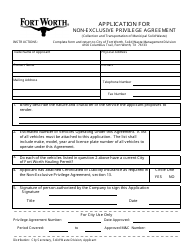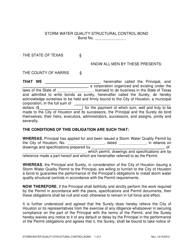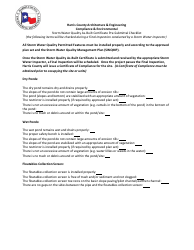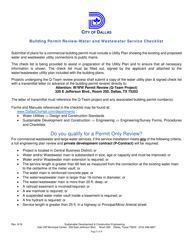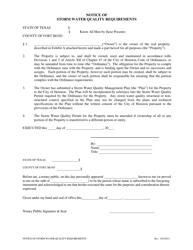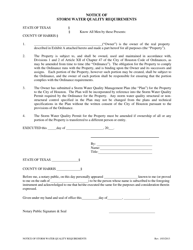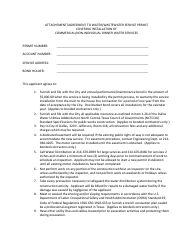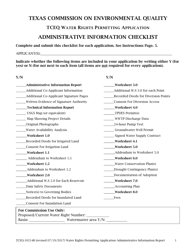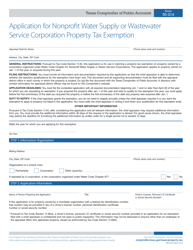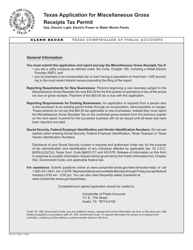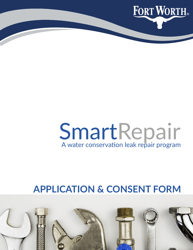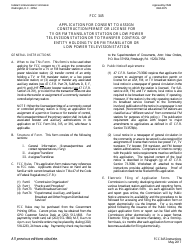This version of the form is not currently in use and is provided for reference only. Download this version of
Form PWD1020
for the current year.
Form PWD1020 Application for Permit for Collection of Broodfish From Texas Waters - Texas
What Is Form PWD1020?
This is a legal form that was released by the Texas Parks and Wildlife Department - a government authority operating within Texas. As of today, no separate filing guidelines for the form are provided by the issuing department.
FAQ
Q: What is Form PWD1020?
A: Form PWD1020 is the Application for Permit for Collection of Broodfish from Texas Waters.
Q: What is the purpose of Form PWD1020?
A: The purpose of Form PWD1020 is to apply for a permit to collect broodfish from Texas waters.
Q: Who needs to fill out Form PWD1020?
A: Anyone who wants to collect broodfish from Texas waters needs to fill out Form PWD1020.
Q: What information is required on Form PWD1020?
A: Form PWD1020 requires information such as the applicant's name, contact information, collection method, and the species and number of broodfish to be collected.
Q: Are there any fees associated with Form PWD1020?
A: Yes, there is a fee associated with the permit. The fee amount is specified on the form.
Q: Is the permit issued immediately after submitting Form PWD1020?
A: No, the permit is not issued immediately. The application will be reviewed and processed, and you will be notified of the permit decision.
Q: Is the permit for collection of broodfish from Texas waters renewable?
A: Yes, the permit is renewable. If you want to continue collecting broodfish, you will need to apply for a new permit each year.
Q: Are there any restrictions on the collection of broodfish?
A: Yes, there are restrictions on the collection of broodfish. The permit specifies the locations, dates, and collection methods that are allowed.
Q: What if I have further questions about Form PWD1020?
A: If you have further questions about Form PWD1020, you can contact the Texas Parks and Wildlife Department for assistance.
Form Details:
- Released on July 1, 2019;
- The latest edition provided by the Texas Parks and Wildlife Department;
- Easy to use and ready to print;
- Quick to customize;
- Compatible with most PDF-viewing applications;
- Fill out the form in our online filing application.
Download a fillable version of Form PWD1020 by clicking the link below or browse more documents and templates provided by the Texas Parks and Wildlife Department.
